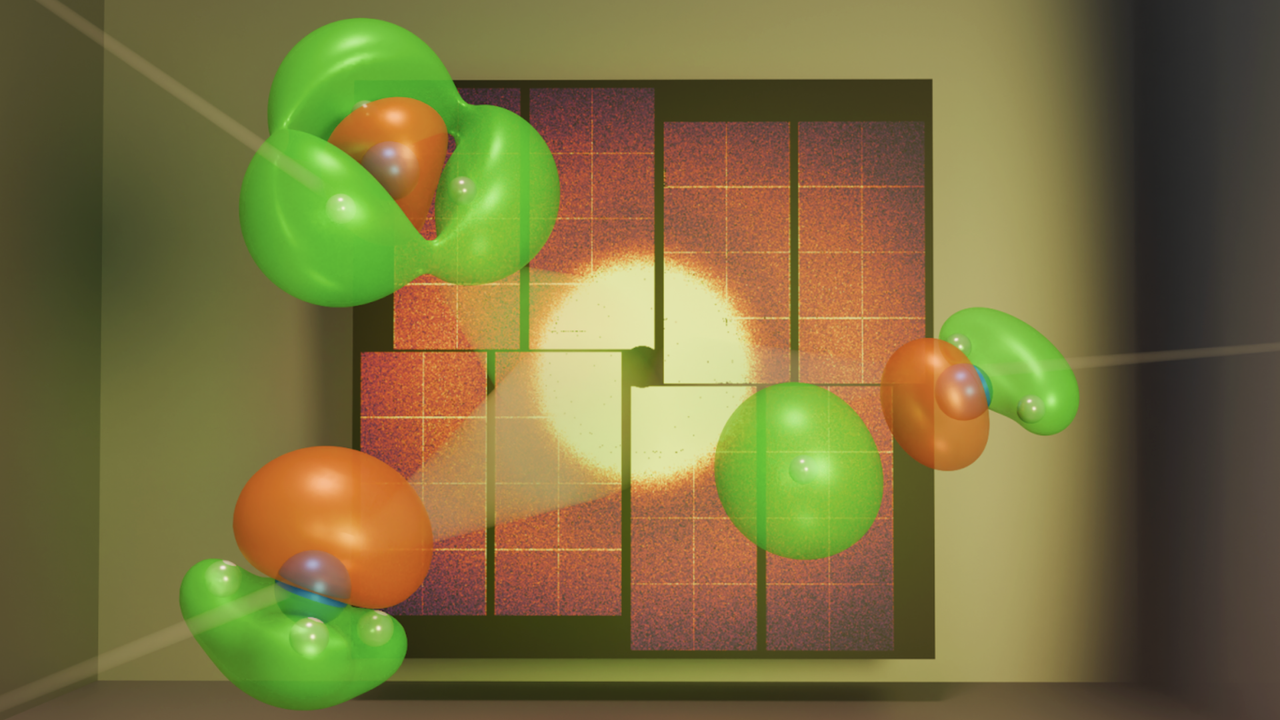Now Reading: Scientists Observe Single Electron Movement During Chemical Reaction for First Time
-
01
Scientists Observe Single Electron Movement During Chemical Reaction for First Time
Scientists Observe Single Electron Movement During Chemical Reaction for First Time

Swift Summary
- Scientists have created the first direct image of a single electron moving during a chemical reaction using ultrafast X-ray flashes.
- The study observed valence electrons – those responsible for chemical reactions – as an ammonia molecule broke apart.
- Previous techniques captured atomic movement,but core electrons near the nucleus dominated these observations. Valence electrons were previously obscured.
- Conducted at SLAC National Accelerator Laboratory’s Linac Coherent Light Source, researchers excited one electron in ammonia wiht ultraviolet light and tracked its cloud movement using X-ray pulses.
- Electrons were visualized as “probability clouds” through quantum mechanical simulations that interpreted interference patterns from scattered X-rays.
- Comparing results with theoretical models confirmed prosperous imaging of the electron’s orbital rearrangement during the reaction.
!An illustration of X-rays scattering off valence electrons surrounding ammonia molecules (orange and green shapes) and getting captured on a detector (background).
Image Credit: Ian Gabalski/Stanford/SLAC National accelerator Laboratory
!An illustration of an atom with valence electrons moving in diffrent orbitals.
Image Credit: KTSDesign/SCIENCEPHOTOLIBRARY via Getty Images
Indian Opinion Analysis
This groundbreaking achievement in imaging single-electron motion could have important implications for India’s burgeoning science and technology sector. Understanding valence electrons-key players in chemical reactions-not only advances basic science but also opens avenues for developing more efficient materials, medicines, and processes. as India invests heavily in research areas like drug revelation and renewable energy, such advancements could bolster collaborative opportunities between Indian institutes and global facilities like SLAC.
India’s expansive R&D ecosystem might benefit by adopting similar cutting-edge tools to better analyze molecular interactions pertinent to regenerative medicine or greener industrial processes.Efforts toward establishing comparable facilities domestically would bring technological sophistication closer to local researchers while fostering global academic partnerships. However, achieving this would necessitate considerable investment into physical sciences infrastructure-a critical step forward if national policies align toward long-term scientific progress rather than immediate utility applications alone.
























